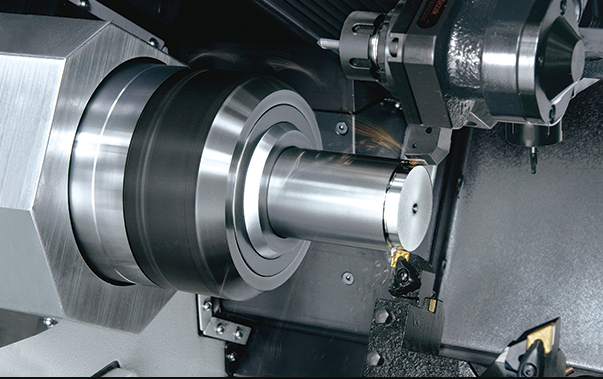Памылка фармату электроннай пошты
emailCannotEmpty
emailDoesExist
pwdLetterLimtTip
inconsistentPwd
pwdLetterLimtTip
inconsistentPwd

Навіны
Causes and Solutions of Cracks in Grey Iron Castings
Gray iron casting cracks are cracks caused by solid shrinkage in gray iron castings that are still in a low-strength and plastic state at the end of solidification or shortly after solidification. Cracks in gray iron castings are one of the common casting technical defects in the production and life of gray iron castings, malleable iron castings and some light alloy gray iron castings. Cracks in gray iron castings sprout and expand along the grain boundaries, and their shapes are uneven, roundabout and irregular.
The appearance of the crack is oxidized and has no metallic luster. The cracked surface of gray iron castings is nearly black, while the aluminum alloy is dark gray. External cracks are visible to the naked eye and can be distinguished from cold cracks according to their shape and fracture characteristics.

Classification and characteristics of cracks in grey iron castings
Cracks in gray iron castings can be divided into external cracks and internal cracks. The gray iron casting cracks that can be seen on the surface of the gray iron casting are called external cracks. External cracks often occur at the corners of gray iron castings, where the thickness of the section changes sharply, or where the solidification is slow, and the center where stress concentration is likely to occur. It is characterized by a wide exterior and a narrow interior, in a tear-like shape. Sometimes the fracture will run through the entire section of the gray iron casting. Another characteristic of cracks in gray iron castings is the distribution of cracks along grain boundary conditions. Internal cracks usually occur inside gray iron castings. The shape of the cracks at the solidified part is very irregular, and the section is often accompanied by dendrites. Under normal circumstances, internal cracks do not extend to the surface of gray iron castings.
How do cracks form?
There are many theoretical and practical reasons for the formation of cracks in castings, but the root cause is the solidification method of the castings and the thermal stress and shrinkage stress during the solidification period.
After the liquid metal is poured into the mold, the heat is lost mainly through the mold wall, so solidification always starts from the surface of the casting. Solid-state shrinkage activity begins when a large amount of crystallization occurs during late solidification and laps into a complete structure. But at this time, there is still a layer of unsolidified liquid metal film (liquid film) between the crystals. If the shrinkage of the gray iron casting is not hindered, the crystal structure can shrink freely. When the shrinkage of the crystal structure is affected by the sand mold or sand core, etc. When it is blocked, tensile stress is generated when it is not free to shrink. Cracks develop between crystalline structures when tensile stress exceeds its material strength. If the crystal structure is pulled apart very slowly, and there is enough molten metal around the pulled part to flow into and replenish the crack in time, the casting will not produce cracks in gray iron castings. On the contrary, if the molten metal is not replenished at the crack, a casting crack will occur.
Conclusion
From this, it can be seen that cracks are prone to occur in a wide range of solidification temperature, network-like or sponge-paste solidification modes. With the narrowing of the solidification temperature range, the tendency of hot cracking becomes smaller, and the eutectic component solidified at constant temperature is not easy to form hot cracking. Hot cracking of gray iron castings is formed during the solidification period, but it does not mean that hot cracking will inevitably occur during solidification. Mainly depends on the thermal stress and shrinkage stress during solidification.
The thermal stress in the solid phase grain structure in the solidification area of gray iron castings is easy to cause hot cracking or subcutaneous hot cracking of the castings; the shrinkage stress caused by external obstacles is the main condition for hot cracking. In the solidified gray iron casting shell, the linear shrinkage is hindered by external factors such as the friction between the surface of the sand core sand casting and the surface of the sand mold. There will be shrinkage stress (tensile stress) in the shell, and the thin point of the casting becomes the place where the shrinkage stress is concentrated. , the casting is prone to thermal cracking in these places.
For more information about smith and clark cast iron,lightweight cast iron,cast iron tagine, we are glad to answer for you.

